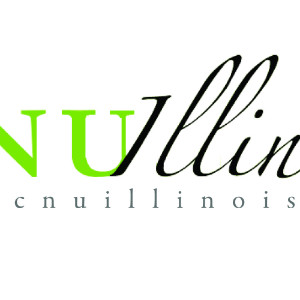Fill the (Housing) Gap: A Missing Middle Design Competition
Official website
This page has been seen 1 332 timesThere are 2 people interested in this call for projects
Description
OverviewThe Missing Middle has many types: The two and four flat. The townhome. The granny flat. The mansion apartment. Together, these development types provide choices for families, homeowners, and local property owners to live and invest in a stable, walkable community. They bridge the gap between the single family home and the large multifamily building.
Yet, this critical link in our region’s housing supply is disappearing in some communities -- and it’s not being developed in others. According to data from the DePaul Institute of Housing Studies, two-to-four flats make up 27 percent of Chicago’s housing stock. These buildings serve as the cornerstone of many Chicago blocks, but the city is losing these types at a rapid pace as they are converted to single family homes. The alternate trend towards transit-oriented development will not replace these more spacious, livable units.
Meanwhile, many suburban communities struggle to attract and maintain a diverse population, particularly young professionals and families. Demographic trends indicate that the majority of Millennials will soon be seeking urban-like social and cultural amenities within walkable suburbs. However, this diverse generation also struggles with student loan debt and a rising cost of living. When a lack of options drives up the cost of housing, walkable communities often move out of reach.
Missing Middle describes a scale of multifamily housing that fits appropriately into single family neighborhoods while providing greater density and affordability near local amenities and transit options. Most of these housing typologies have not been constructed in recent real estate cycles and are often illegal to build under many zoning codes of today - in other words, they have gone “Missing”. But, if we look around, these buildings are in the historic DNA of our communities. The demand for smaller units is huge and these types provide a tremendous amount of value because there is less competition in the marketplace. Most importantly, the concept of Missing Middle is a critical strategy for infill residential development that can help meet the growing shortage of affordable housing. The small scale of these projects make them more feasible and attractive for development.
The Competition
This competition seeks to bring new ideas to real sites within Illinois cities in order to demonstrate how new infill housing can help meet the growing demand for medium scale housing in our urban and suburban neighborhoods. The competition is open to everyone everywhere. Professional licensure or certification is not required for participation. Competition entrants should research “Missing Middle” housing typologies and design a proposed housing solution that would achieve medium-density yields while providing high-quality, cost-effective, marketable options between the scales of single-family homes and mid-rise apartments. Designs should seek to meet the needs of society’s shifting demographics, be priced toward moderate-to-middle income households, and help maintain a diverse neighborhood character.
Entrants may select one of three sites to demonstrate their design solution: one in an urban neighborhood, one in a suburban community near Chicago, and one in a mid-sized city downstate. Each site displays a unique set of economic, demographic, and built parameters that must be considered carefully. These various conditions act as a prototypical subset of Illinois’ varying urban environment.
Proposed design solutions should fit the context of the selected site and follow the principles described in the CNU Charter of the New Urbanism. Designs should be contextually sensitive, reflect a regional vernacular character of residential architecture in Illinois, and utilize regional materials. Designers should consider indoor and outdoor environments that support sustainable initiatives that activate spaces. Considerable emphasis will be placed on construction cost and affordability. The competition seeks to demonstrate how affordable and creative design solutions can spur economic development, enhance local placemaking, encourage sustainability, and improve the quality of life in our existing neighborhoods.
Jury
Daniel PAROLEK
Elizabeth MCNICHOLAS
Nancy FIRFER
Chris DILLION
Juan CARLOS LINARES
No publication yet









